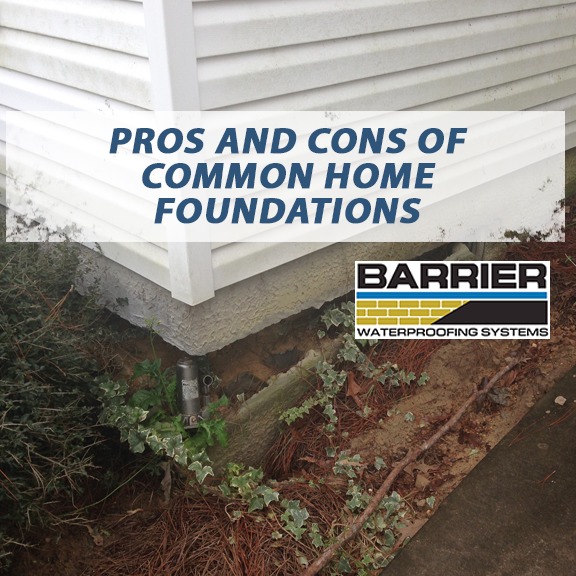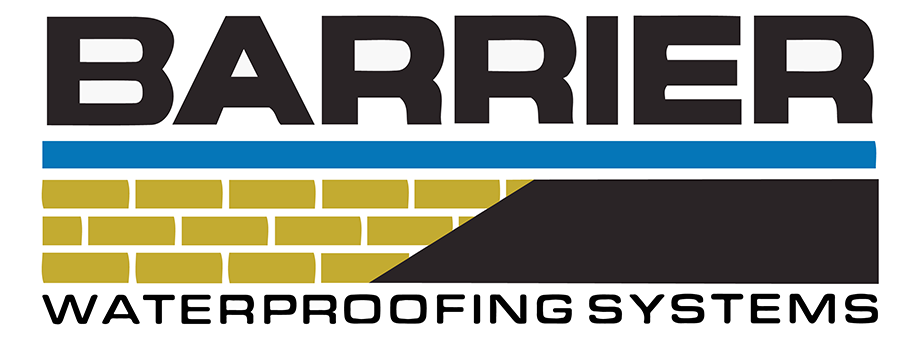There are probably a few reasons why Becky chose to get a slab home foundation with her new home being built. Perhaps it’s the price or the low maintenance, but one thing is for sure: she did her homework.
Who is Becky? We just made her persona up for that example, but there are homeowners like Becky all over the place! After reading this, you will be well enough informed to decide which of the common home foundations you want your new home to have.
There are 3 MAIN types of common home foundations: slab, crawlspace, and basement. This is not to say these are the only types, but they are most likely the only types you will come across when buying your home. Each one offers pros and cons with a few things to consider. Regardless of the foundation you choose, it needs to support the structure above it and act as a barrier to water and soil, keeping the groundwater out!
Your Slab Foundation
This is by far one of the most common home foundation types, and it requires the least amount of prep on the lot space to begin building. When compared to other foundation types, installation is simple, making them a popular choice with a low-price tag.
The process begins with concrete footers poured 24 inches below the expected finish grade. After pouring the footers, two layers of concrete block are laid atop the footers. All the internal piping is installed after the blocks are laid, and a rock filler is added. Finishing touches are made by four inches of concrete poured on top.
Advantages
A slab foundation is generally low in cost and is really your most inexpensive option. If you need to maintain a low budget, this is a great choice. Another advantage is that this foundation type requires the least amount of maintenance.
Disadvantages
Slab foundations offer minimal protection to your home from storms and other extreme weather conditions. Repairs also tend to be rather expensive. Being that the plumbing systems are installed below the slab, repairs are costly. This is because you must first break through the concrete slab to reach the piping. New technology like PEX plumbing systems can lead to access being easier than in the past.
Your Crawlspace Foundation
These foundation types tend to be elevated only a few feet off the ground. Building a crawlspace foundation will be less expensive compared to a basement but will not save on time when compared. When looking at the process, it is similar to slab foundations. A footing is poured with blocks placed out to create the foundation to support the walls of the structure.
Advantages
Unlike the slab foundation, all of your wiring, piping, and ductwork will be easily accessible. This makes it less expensive for repairs and upgrades in the future. The next advantage is that the floors of your home will probably be warmer due to the crawlspace being conditioned.
Disadvantages
A large drawback to the crawlspace foundation is that it is very prone to moisture if you do not get it closed off the right way. Even with vapor barriers, it is still possible for mold and moisture to build. Like slab foundations, the crawlspace offers your home little to no protection from bad weather.
If you so choose this option, make sure you insulate the exterior walls of your crawlspace. If you are in the Tennessee area and need your crawlspace looked at, give Barrier Waterproofing Systems a call at (615) 257-1060 | (931) 536-1168.
Your Basement Foundation
Quite literally speaking, a basement is a hole that is 8 feet or deeper that ends in a concrete slab. It used to be that basement walls were built with cedar blocks, resulting in structural failures and leaks as they got older. These days, basements are built with poured concrete walls, which have eliminated plenty of common problems. This is especially true for those related to structural integrity and moisture saturation.
Advantages
A finished basement provides additional square footage at a much lower cost than other parts of the home. It also pairs well with the changing seasons, providing energy-efficient living quarters. Additionally, it gives technicians an easier way to make the repairs needed in your home, being able to stand rather than crawl around in the crawlspace.
The basement is also great protection from storms, as well as keeping your home in great shape after the storm has left. It is a way for your property to be anchored to the ground while encompassing the foundation below the frostline. This will preserve integrity over time.
Disadvantages
The biggest downfall of the basement home foundation is the cost it takes to build. The cost can be even more so if you choose to get it finished with drywall and all the necessary things to make it livable. Be sure to get it hooked up with a sump pump so as not to get your basement flooded. Battery backups, generators, and water-flow backups are highly recommended to prevent flooding.
The best-case scenario is to provide a natural path for drainage out of the basement. Lastly, a lack of natural light will lead anyone staying in this living space to go bonkers! This is a smaller issue from the bunch, but it can be big for some families.
It all boils down to your personal preference and budget. Some people might find it better to go with a less expensive option, or they simply just don’t have the money. Others may find it a worthwhile investment to spend even more on a foundation. Whichever common home foundation you choose, if you find that you have a problem or need a quote, give Barrier Waterproofing Systems a call at (615) 257-1060 | (931) 536-1168.
This post was originally published on 4/24/20 and updated on 5/10/2022 for accuracy and a larger scope of information.

